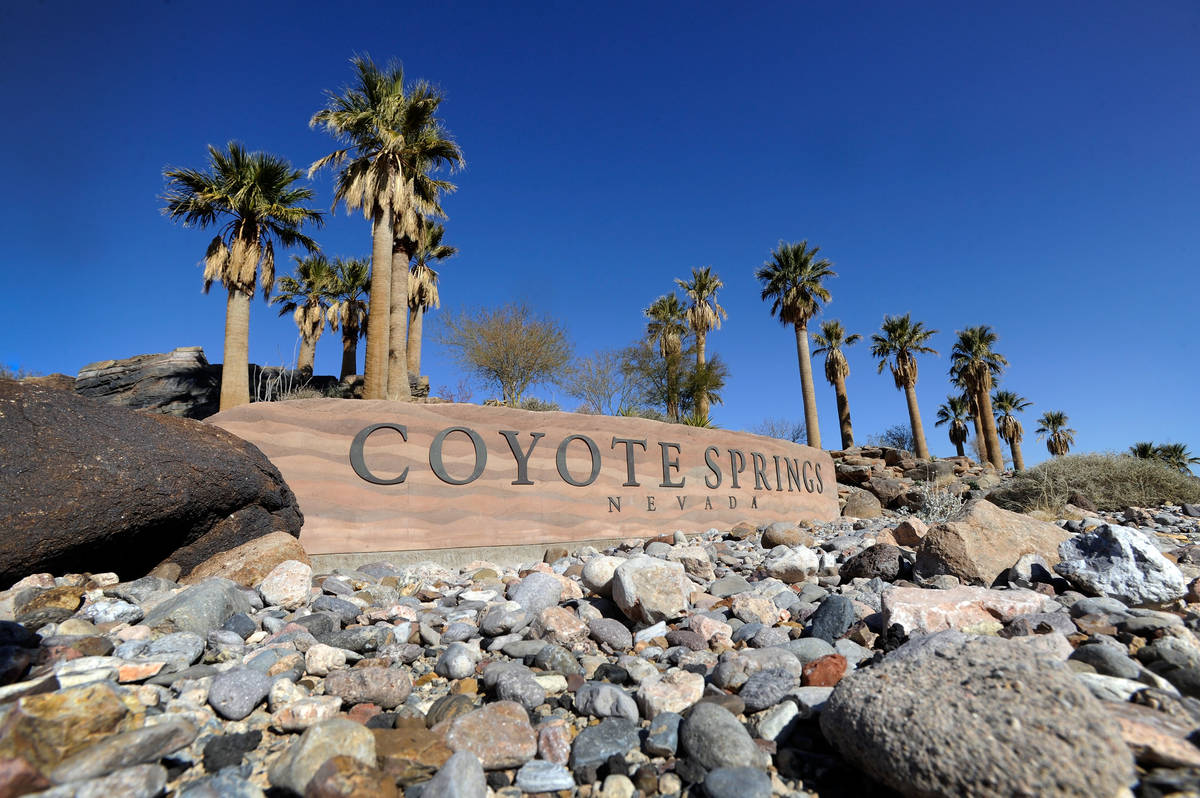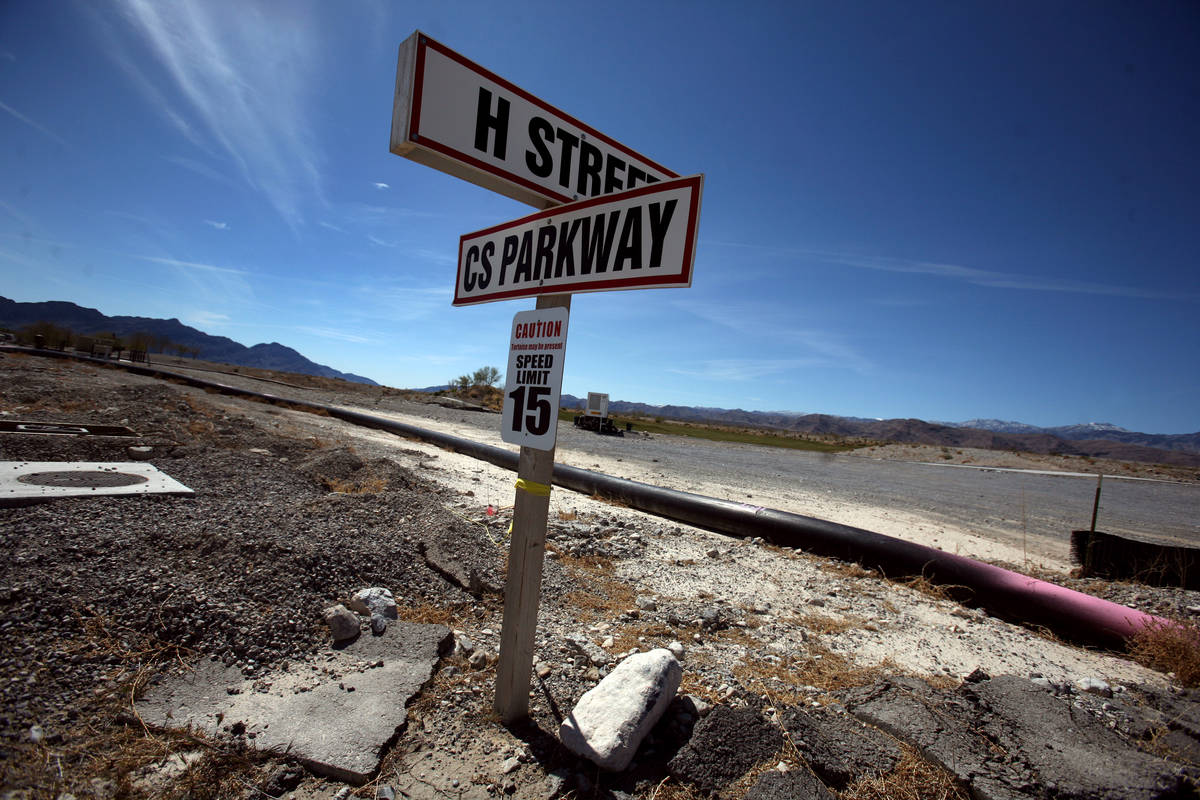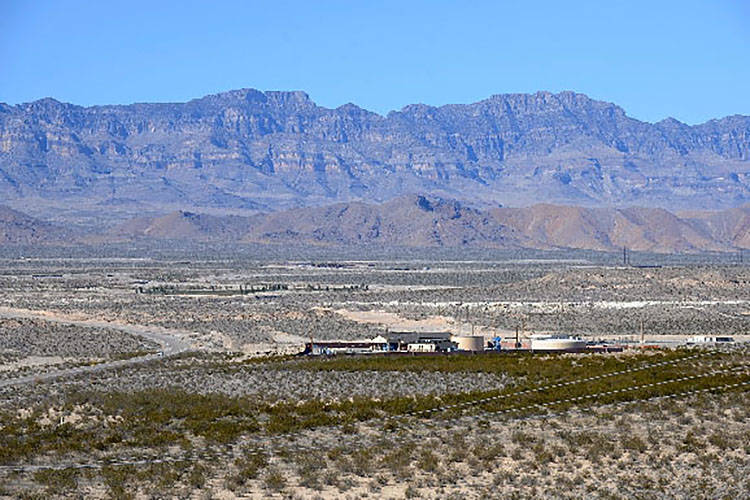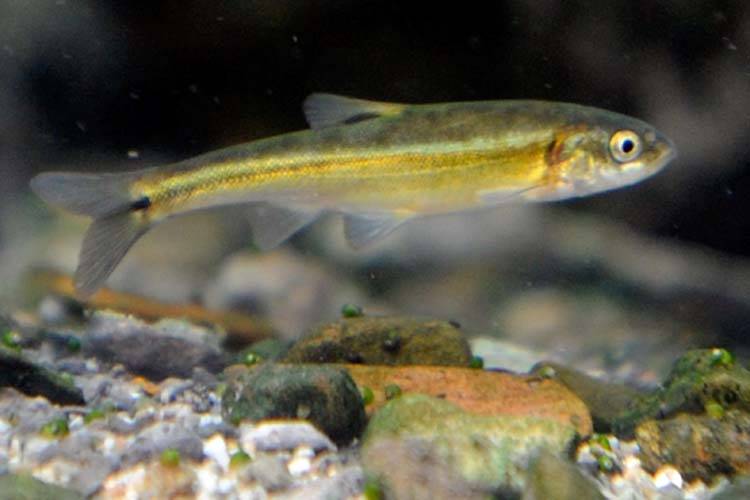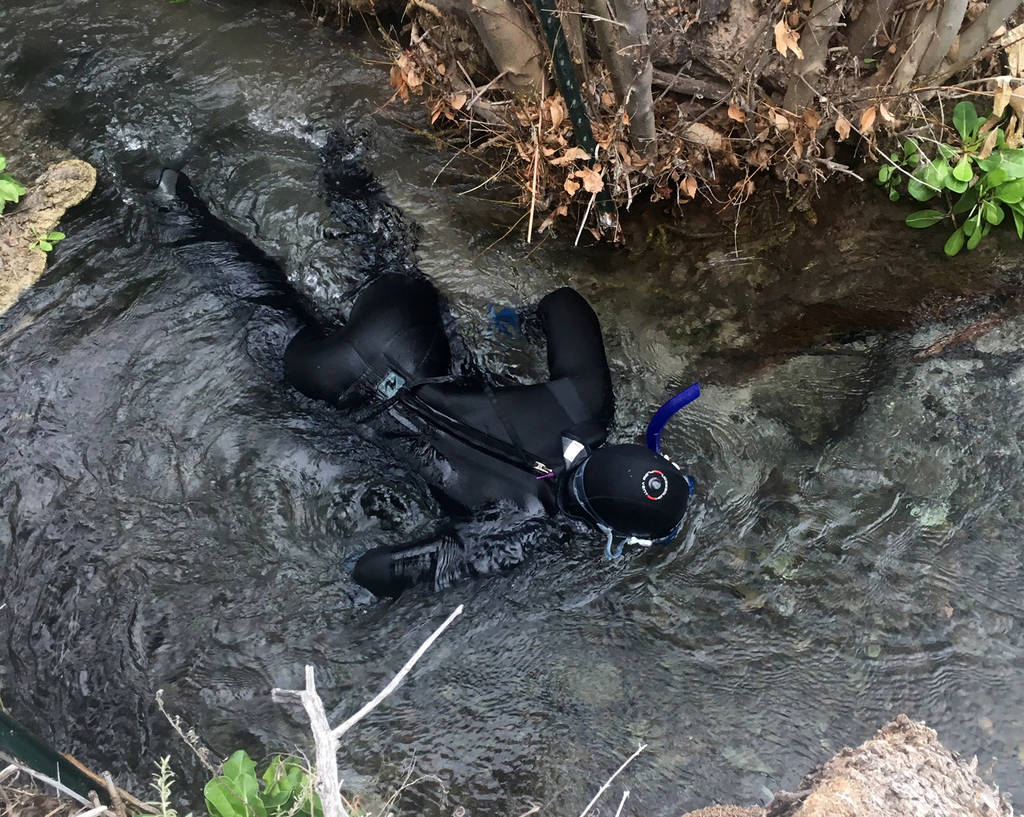Ruling could save endangered fish, but doom planned development
A Monday ruling limiting groundwater pumping could help save a Nevada endangered fish, but it also dealt a blow to the long-stalled Coyote Springs development north of Las Vegas.
The Nevada State Engineer’s order limits groundwater pumping to a maximum of 8,000 acre-feet per year, or about 2.6 billion gallons of water, for all water rights holders in the area combined.
The limit, which went into effect Monday, will protect current senior water rights holders and is intended to preserve the habitat of the endangered Moapa dace.
Developers of the Coyote Springs community, 55 miles northeast of Las Vegas, have applied for water rights ranging in the tens of thousands of acre-feet per year since the project began about 20 years ago. Monday’s order restricts groundwater pumping for all communities in the area, not just the Coyote Springs project. The Moapa Band of Paiutes, the Moapa Valley and North Las Vegas are affected. Developers of Coyote Springs had planned to create a 150,000-resident community including 10 golf courses and several hotel-casinos; one golf course is operating as of 2020.
The community development has been stalled by internal lawsuits between partners in the project and restrictions from the state.
Muddy River habitat
A two-year study that began in 2010 found that pumping groundwater from basins in the Lower White River Flow System depleted the Muddy River habitat of the 4-inch Moapa dace, which would further endanger the vulnerable species.
As a result of the order, Nevada State Engineer Tim Wilson says that any development plans in the area will likely have to change. He says there just isn’t enough groundwater to pump sustainably without affecting senior water rights holders and endangered species, but developers are likely to come up with other solutions.
“People are very creative,” Wilson said. “I’m certain [developers] will come up with various plans and ideas if they are still interested in further development in this area.”
Wilson, who signed the order, says he suspects there may be litigation contesting the limitations.
Resolving litigation may be the first step in moving forward, but he says he expects that companies like Coyote Springs Investment will have to fit within the new restriction or come up with a new strategy.
Emilia Cargill, CEO of Coyote Springs Investment, declined to comment before the company reviews the order.
The Coyote Springs project is the brainchild of Reno lobbyist Harvey Whittemore and has been in development limbo since at least 2006.
Monday’s order is the latest blow to the project, but developers have been in conflict with the state over groundwater rights for years.
In 2018, Coyote Springs Investment petitioned a decision by former Nevada State Engineer Jason King blocking construction because there wasn’t enough water to support the project.
According to the petition, blocking the company from using their water rights would kill the project.
That lawsuit was later dismissed by the Las Vegas District Court.
Affected communities will likely have to reduce their current ground water pumping, according to Bronson Mack, a Southern Nevada Water Authority spokesman.
“The order definitely is an indicator that those with water rights in the basin are likely going to have to be using or relying on less water than they have in the past,” Mack said. “The way that those water rights end up getting reduced remains to be seen.”
The Southern Nevada Water Authority has water rights in Coyote Spring Valley and Garnet Valley, both included in the affected area. Mack says that in their jurisdiction alone, they had access to 11,500 acre-feet of groundwater.
Dace population
The groundwater in the Lower White River Flow System consists of a vast network of basins that span portions of Clark and Lincoln counties, all of which are connected to the Muddy River habitat of the Moapa dace. Each basin in the system has varying effects on the habitat. In the 2010 study, researchers found that water pumped rapidly from aquifers in Coyote Spring Valley drastically reduced spring flow into the Muddy River, but when pumping was more evenly distributed, the habitat restabilized.
The Moapa dace population stands at about 1,500, according to a count conducted in February 2019.
After the study, regular groundwater pumping continued, and spring flow into the dace habitat has since stabilized with an average pump rate of less than 10,000 acre-feet per year. In recent years this figure has approached 8,000 acre-feet, according to the order.
Pumping in each basin and the impact on Warm Springs will be monitored in the future, according to Wilson, and the 8,000 acre-feet limit could be lowered if pumping continues to deplete the fish habitat.
The recovery plan for the finger-length fish with a black spot on its tail calls for the species to remain under federal protection until at least 75 percent of its historic habitat is protected and its population in the wild reaches 6,000.
The dace was added to the endangered species list in 1967. What’s left of its habitat can be found 60 miles northeast of Las Vegas at the Valley National Wildlife Refuge, some adjacent private land and on a 1,218-acre tract the Southern Nevada Water Authority bought for $69 million in 2007 and maintains as the Warm Springs Natural Area.
The department and the U.S. Fish and Wildlife Service also keep a reserve population in carefully maintained tanks at the state fish hatchery near Lake Mead.
Marina Philip is a 2020 Mass Media reporting fellow through the American Association for the Advancement of Science. Email her at mphilip@reviewjournal.com. Follow her on Twitter at @mureeenuh.



